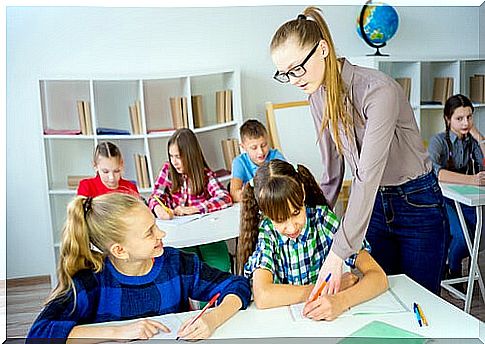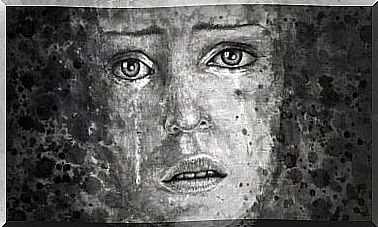Curricular Adaptations: When Are They Used?

Curricular adaptations are accommodations or adjustments of the common educational offer to the possibilities and needs of each person. Specifically, it refers to the school stage. That is, it focuses on children who have certain difficulties.
Thus, curricular adaptations are classified and known as a type of educational strategy. They are a series of resources that seek to facilitate access to training for students with special needs. At the end of the day, it is about taking into account the individual characteristics of the student when planning the methodology, the contents and, above all, the evaluation of this.
In this way, what is done is to adapt the student’s curriculum to adapt it to their particular characteristics. The aim is to make certain objectives or content more accessible to children in need of adaptation. In such a way that it becomes possible to modify or eliminate those elements of the curriculum that it is impossible for them to reach due to the difficulties it presents.
In which cases are curricular adaptations used
It is important to bear in mind that the basic elements of the curriculum are the objectives, the contents and the evaluation criteria. Based on these three factors, the curricular adaptation will be designed and carried out.
Thus, in the first place, it is possible to distinguish between two types of adaptations. These differ depending on whether or not the basic elements mentioned are modified. Thus the non-significant and significant adaptations are established.

Non-significant curricular adaptations
In this case, the basic elements of the curriculum are not modified. However, they are modified or adapted:
- The organization and methodology.
- The general environment of the student.
- The contents, although it is done in a light way. There is usually no curricular gap of more than two years.
Following this scheme, it can be verified that the adaptations truly affect elements such as the type of activities carried out or the evaluation techniques. They do not affect in any case the educational objectives, which will remain the same as for the rest of the student’s classmates.
This implies that there will be no impact on the assessment and promotion of the child undergoing adaptation, because the essential objectives are not modified.
Significant curricular adaptations
On the other hand, significant curricular adaptations are defined as those in which the basic elements of the curriculum are modified.
This is generally due to the fact that the characteristics that the student presents in relation to the school environment mean that he is not able to achieve the objectives proposed for the course in which he is. These needs are known as specific educational support needs.
If this situation occurs, the promotion of the child will depend on whether he finally achieves specific objectives. Objectives previously proposed in your Individual Curricular Adaptation Document.
Assuming that the objectives are not achieved, in certain cases the student could be allowed to stay for another year in the same course. The objective would be that this way the child would have the opportunity to reach the objectives or the corresponding qualification. The fact that the opportunity is very beneficial for their socializing process is also valued.

Social aspects and other characteristics of curricular adaptation
It is important to take into account the process of introducing the curricular adaptation. The decision must be agreed by the group of professionals involved in the educational process. In addition, in any case, it must be collected in writing.
The foundation that supports this practice in general is focused on the idea of social inclusion. In the non-discrimination of any person, whatever their condition. Specifically, for their professional training. As Carina Paniagua indicates in her work “Curricular Adaptations”, inclusion is the attitude that encompasses listening, dialoguing, cooperating, asking. Also accept, trust, embrace the needs of diversity.
Inclusion assumes that we are all unique in ability and worth, that we can all learn. We would be talking about an unfinished and continuous process, observable in participatory practices and actions built on the basis of freedom.
Beyond the above, the practice of all these actions can become complex. Specifically, obtaining a compulsory secondary education graduate degree through a curricular adaptation may have certain effects. For example, it may mean that the student is unable to access social guarantee programs.
Therefore, it is essential to seek professional help when the situation may arise. Also analyze each case carefully before making a decision on it.









